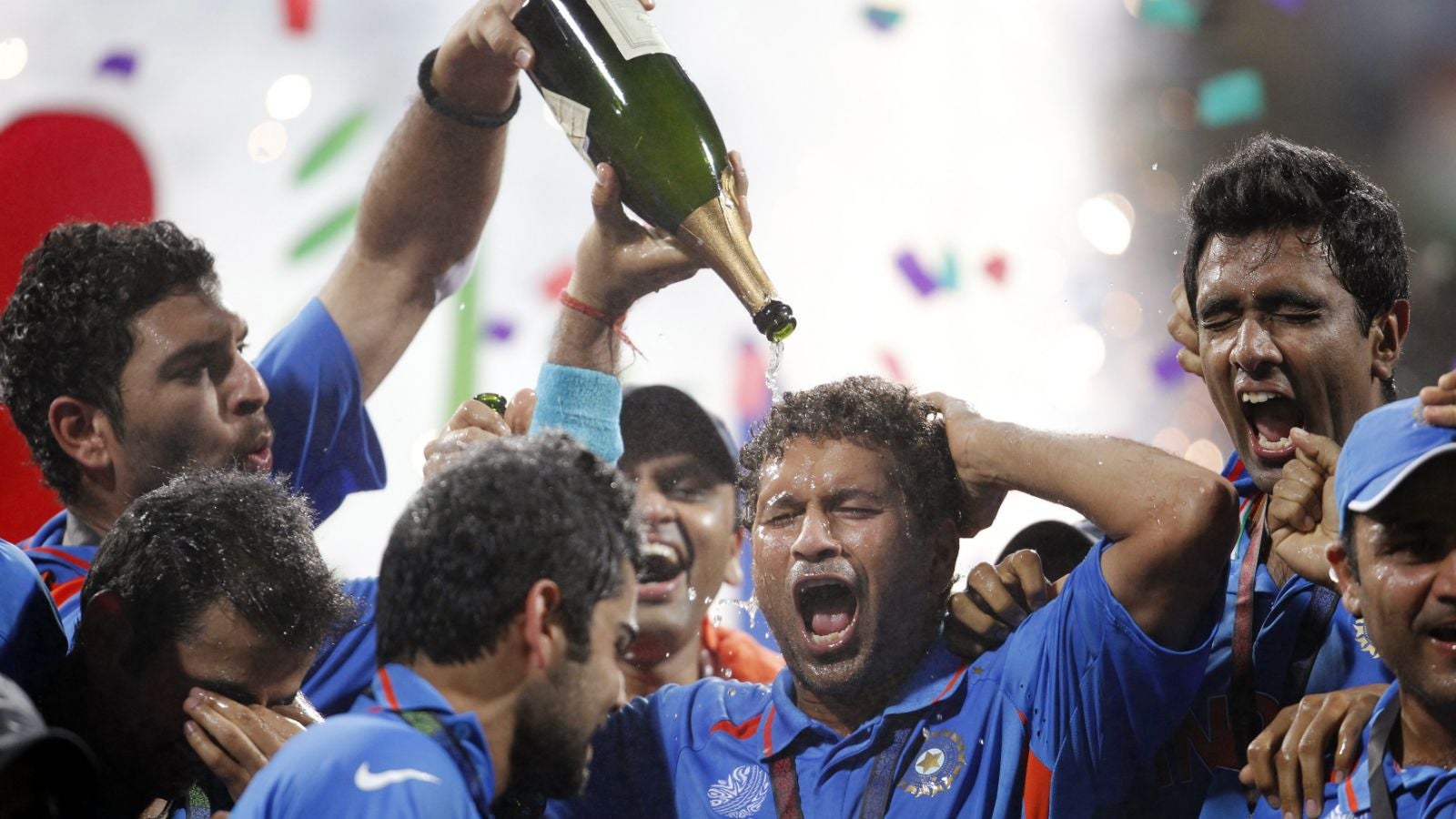Even Narendra Modi can’t get India excited about the cricket World Cup
For a moment on Thursday afternoon, it seemed as if the only person interested in India’s fortunes at the cricket World Cup was the country’s prime minister.


For a moment on Thursday afternoon, it seemed as if the only person interested in India’s fortunes at the cricket World Cup was the country’s prime minister.
Narendra Modi let loose a flurry of 16 tweets: one to wish the team well, and individual messages for every member of the squad. He urged them to “score many many runs”, “get those wickets”, “hit them out of the park” and “make India proud.”
With just two days to go before the Indians begin their quest to defend their title, was he attempting to liven up the mood in the country—currently best described as thanda (cold)? Possibly.
Perhaps for the first time since the 1987 World Cup (the last time India was defending the title), there seems to be a lack of excitement around the team, and little faith in the all-conquering captain MS Dhoni and his men reaching even the semi-finals.
Fans may well be preparing themselves to be let down—and disguising this as indifference. But it is undoubtedly true that the absence of Sachin Tendulkar, who has been part of the tournament since 1992, doesn’t help. And, without the familiar faces of Yuvraj Singh or Virender Sehwag, the star-quotient is limited to Virat Kohli and the captain.
India’s opening match in Adelaide against Pakistan is expected to generate a television audience of over a billion, as Indian fans tune in for a spot of what George Orwell called “war minus the shooting” to check if their team can maintain its 100% World Cup record against their most bitter rivals.
But the question is whether this interest will sustain itself over 49 days.
Of course, the format does not help. As in 2011, this World Cup features far too many meaningless games. The real excitement only begins at the knockout stage, unlike in 1999 and 2003, when every game counted. Barring the odd upset, there will be no sense of unpredictability. Add to the mix four non-Test nations and the time-zone disadvantage—and you can understand why Indian fans may be yawning their way through the 2015 tournament.
But these are all details. Of greater concern are the following: the bowling is a shambles, the last few months in Australia have been desperately winless, and the only way India seem likely to beat the best teams is by scoring over 400.
Even official bookmakers don’t give them much of a chance.
India are fifth in the list of outright winners (at 10-1) with Australia, South Africa, New Zealand and even England ahead of them on the list. This, despite the fact that India are second in the ICC’s ODI rankings.
So where did it all go wrong?
After the 2011 World Cup, India were the 50-over champions and the number-one ranked Test team. But it all began to unravel within a few months as India limped one from embarrassing overseas Test defeat to the next, their captain ducked under serious fire and the team went through a shaky phase of rebuilding.
The nadir was losing 2-1 at home to England in 2012-13.
Yet, this is a team that has often managed to cover its inadequacies in the Test arena by winning limited-overs tournaments. Can they do it again this time at the World Cup?
There is much at stake. This World Cup is India’s big chance to give its disillusioned fans something to cheer about. To prove that Indian cricket is not just about spot-fixing controversies, men drunk on power, a flawed constitution, conflicts of interest and personality clashes between the captain and vice-captain.
Then again, Indian cricket fans have often been known to be fickle—losing interest when their team is losing, and reclaiming their love when it’s back to winning ways.
And being an Indian cricketer is a lonely business.
After three months on the road, during which time they have hurtled from one defeat to the next, regardless of the format, and witnessed their captain quit the Test format in the middle of a series, the danger is that an unsuccessful World Cup will leave them feeling even lonelier.
And it’s little consolation that prime minister Modi is tweeting himself silly.
We welcome your comments at [email protected].